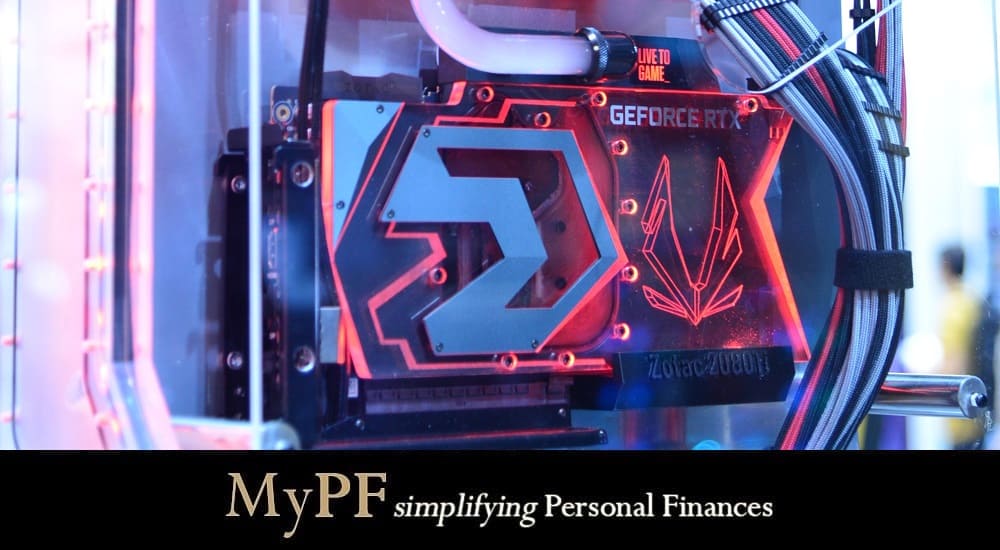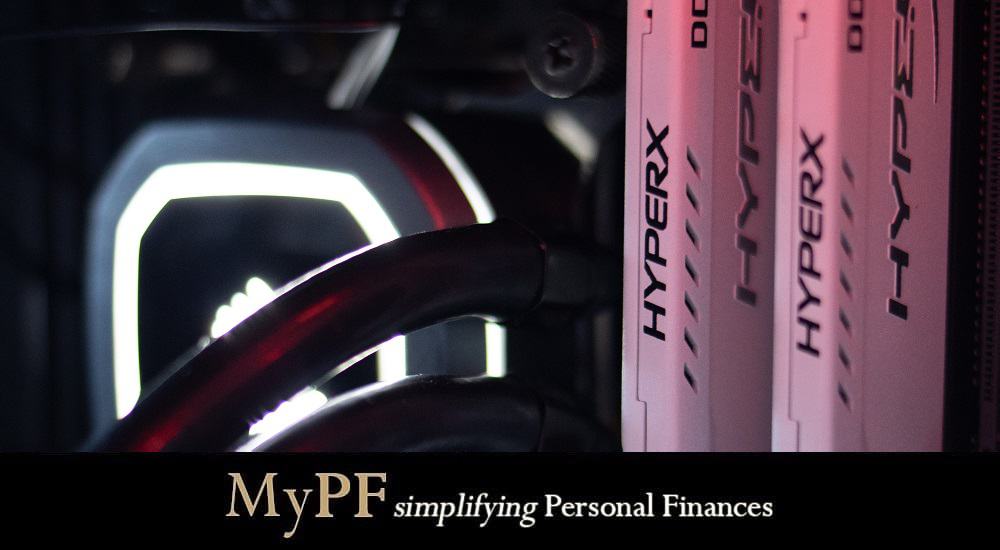There is increasing interest in personal computing (PC) in 2021, particularly since the current pandemic is forcing a lot of people to work and study from home. A shared PC between multiple users is a good way to keep the household budget healthy. But, which to buy? This buyer’s guide is intended to give you and your partner a quick guide on how to best choose your next shared PC.
It is a tricky affair purchasing a PC capable of meeting everyone’s demands.
On the one hand, you are mainly using the PC to browse the web for news and entertainment, on the other, your partner is editing videos to be published on Youtube as a side gig. Sometimes, it is not ideal to have separate machines due to space constraints or financial restrictions.
Is it not just easier to get the best parts, you might ask, since this will cover all aspects of usage? Unfortunately, this might not be the most budget-friendly choice, and you might even be paying more in terms of electrical bill.
Here are some helpful tips and suggestions to help you make that choice.
Contents
1. CPU (Central Processing Unit)
One of the best upgrades you and your partner could do is to upgrade the CPU (Central Processing Unit) of the computer. It acts as the brain to your PC, and making sure you have a powerful enough of a CPU should be your priority.
Two brands hold a tight duopoly on this market, AMD and Intel. Both offer a great selection of products to meet every workload criteria, with Intel being the market leader for the past decade. The last few years however, have seen AMD emerging from its slump and releasing phenomenal products that is generating positive buzz for AMD.
Both companies have released their product roadmaps leading up to 2022, with new offerings slated to be released in a staggered manner. This also means that the longer you wait, the more options will be available to you.
Unfortunately, demand has far outstripped supply, creating a sort of situation that is unhealthy to consumers. Scalpers, people who upsell hard-to-get products at an exorbitant rate, are cashing in on this demand. This makes it a bad time to do your CPU purchase unless you are the lucky few able to pay near the MSRP, or Manufacturer’s Suggested Retail Price. If you are not able to fork that sum out, it is suggested that you wait for a few more months for supply to catch up. If not, look for older offerings that can still meet your requirements, as these are usually very stable in pricing.
One fantastic choice for you and your partner in this category would be the AMD Ryzen 5 3600, a value for money CPU that comes with a capable stock cooler. Price range from RM700 to RM800, but wait for a sale or promotion and one might snag it at RM600 or lower.
2. Graphics Card
A graphics card can easily be the most expensive part in the PC, and there are plenty of brands out there, making it difficult to pinpoint an exact model to pick.
Top tier graphics cards costs well above RM4,000 and are catered to professionals and enthusiast. Cheaper graphics cards tend to be below the RM1,000 mark, marketed as entry-level products for mass market.
There are more lower to mid tier graphics card offerings in the market recently to meet the demands of the budget conscious buyer. Brands such as Asus and MSI provide a baseline of good and stable products with feature-rich offerings.
Your partner might be using the PC to stream videos online, while you browse the web for financial advice on MyPF or watch some PodCat videos. For either case, MSI’s RTX 3060 TI model offers a good balance of value and power.
It is a good idea to get a graphics card from a reputable brand that has a track record of quality, reliability, and customer service. These are expensive, complex items that would benefit from better workmanship quality and support, if ever anything goes wrong with it.
Before finalizing your purchase, do not forget to consider the power requirements and also the dimensions of the graphics card. Newer models are getting bigger than ever and might not be able to fit into your current desktop case. Some cards require more power, necessitating a power supply upgrade. All these extras can add extra burden to your budget, so keep a close eye on these.
Currently, the graphics card market is also facing a low supply, high demand problem which will take a month or two to resolve.
3. Monitor
Getting a monitor that suits your workspace aesthetics while providing visual acuity and comfort can prove to be the most worthwhile investment after a CPU and graphics card upgrade.
There are a multitude of features and settings you will need to get accustomed with to ensure the monitor of your choice is meeting both your demands. Low latency or low input lag helps provide snappy and quick feedback that can help during those intense gaming sessions. High refresh-rate monitors give better viewing experience, while a color-accurate monitor helps content creators get better editing results. Finally, the resolution supported by the monitor ensures that the content being displayed is crisp and sharp, the higher the resolution goes.
One good choice would be the Gigabyte G27Q, which provides a balanced feature set at a good price that both you and your partner can agree on. To get more information on monitors, visit RTINGS.com for more in-depth reviews and product testing.
4. RAM, Storage, and Motherboard
RAM or Random Access Memory, is an integral part of any system and most systems will work fine with 16 GBs of RAM.
Kingston’s HyperX Fury is a budget-friendly option that should provide as a good baseline for your RAM needs. Going higher than the 16 GBs of RAM will result in diminishing returns, while going lower than 16 GBs can result in sluggish performances. Always check on the software you and your partner will be running on the PC, as the software’s stated minimum requirements will help to advice you on this matter.
Choosing a storage media is slightly more complicated, with the current consensus is to go for a solid-state drive (SSD) for your primary drive intended for operating system installation, with a secondary hard disk drive (HDD) for content storage. Pairing a Crucial MX500 250GB SSD with a Seagate Barracuda 1T HDD will allow your computer to boot up faster while still providing enough space for both you and your partner’s storage needs.
The motherboard is the least looked at part, but provides the backbone of the entire computer. All of the parts mentioned above are connected together via the motherboard, so it is crucial that the motherboard you have selected is compatible with all these parts.
One thing you would want to avoid is to purchase a motherboard that has features you will not be using, such as overclocking or WIFI router. Figuring out which features you and your partner intend to use will help you pick out the best motherboard for both of you.
Conclusion
Nothing is more satisfying than purchasing a system that meets or exceeds both you and your partner’s expectations while still meeting the shared budget.
If you or your partner are interested to learn more, refer to the links below for more information.
- PC Part Picker – Helps you pick PC parts, combine them into a list and check for compatibility issues.
- Amazon & Best Buy – Look through user reviews.
- RTINGS – Originally a monitor review site, has now expended to other PC parts.
- Hardware Unboxed Youtube Channel – An Australian review channel that focuses on tech, especially PC and laptops.
Have you and your partner made a purchase after reading this article? Let us know how the system performs in the comments down below.










Leave A Comment